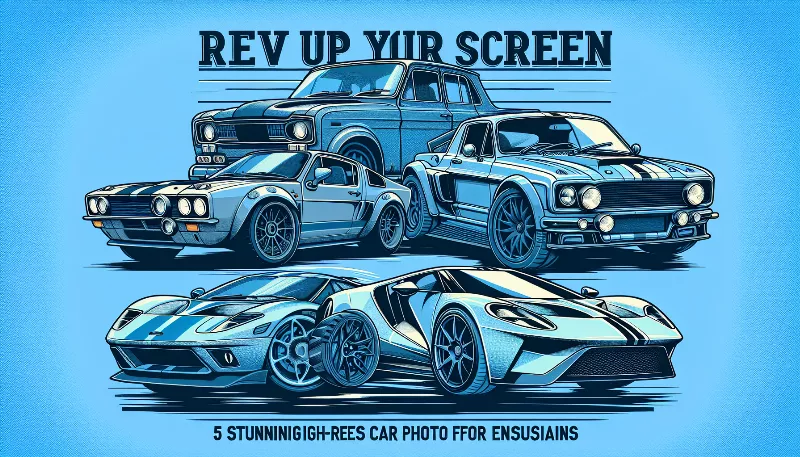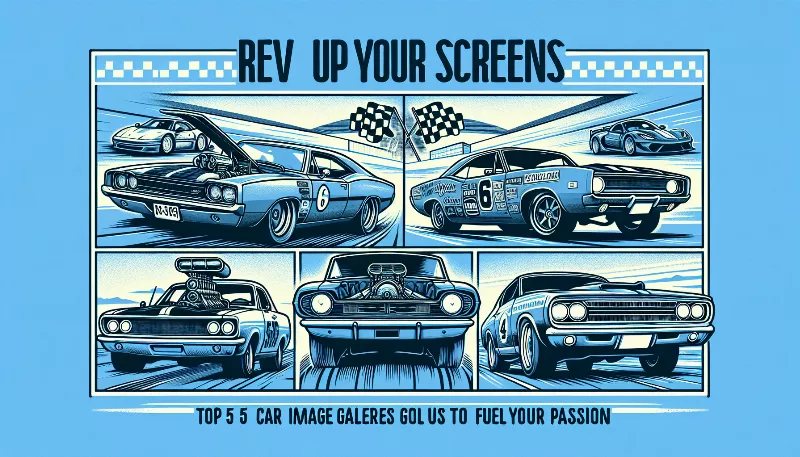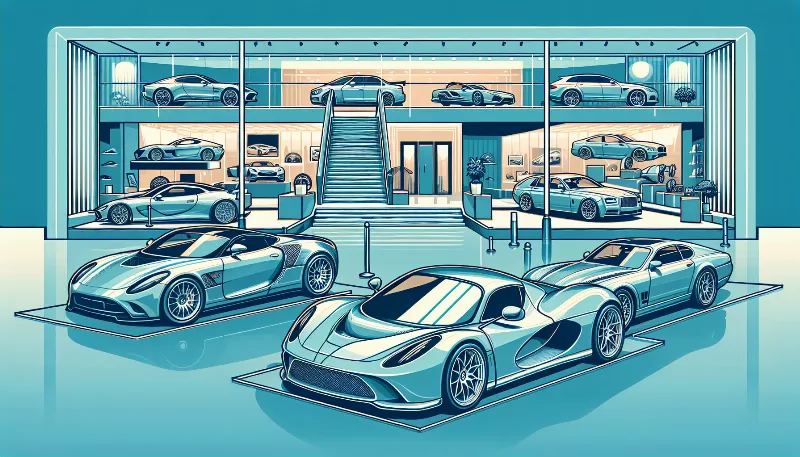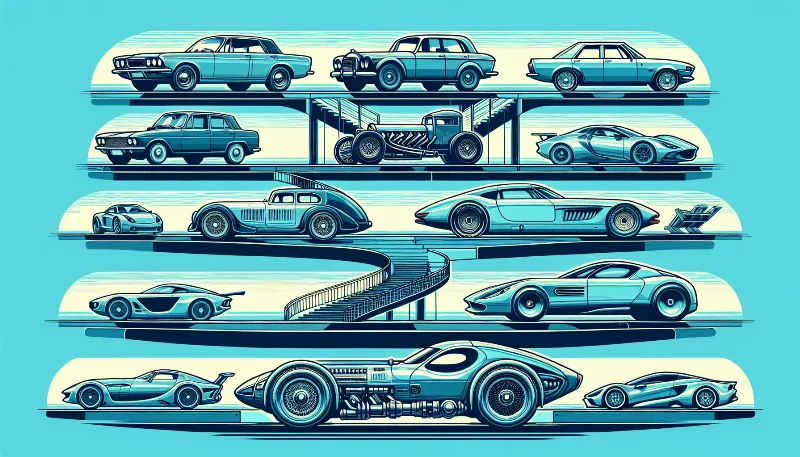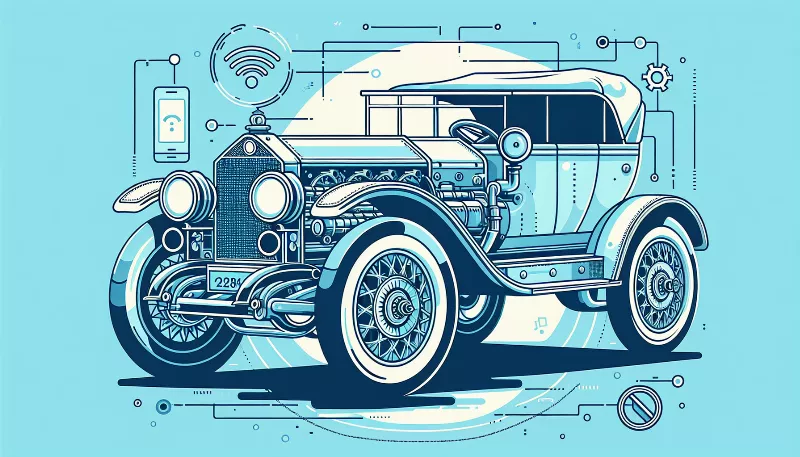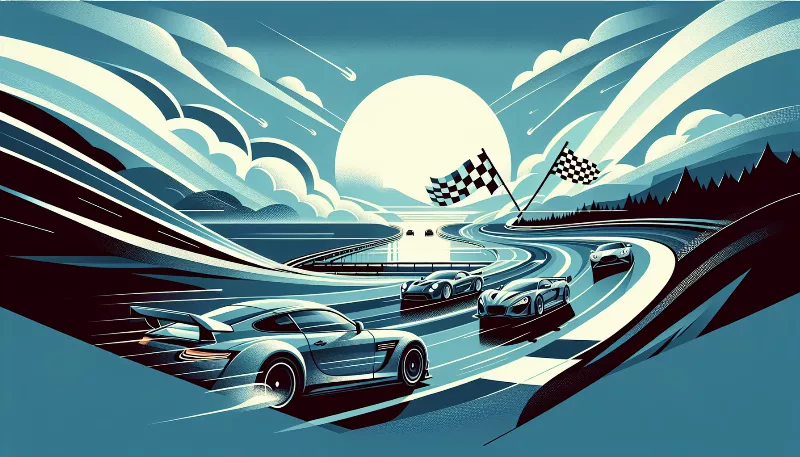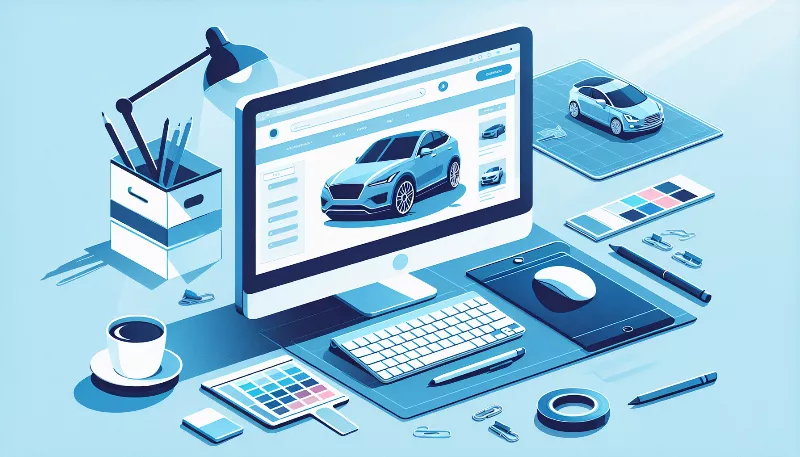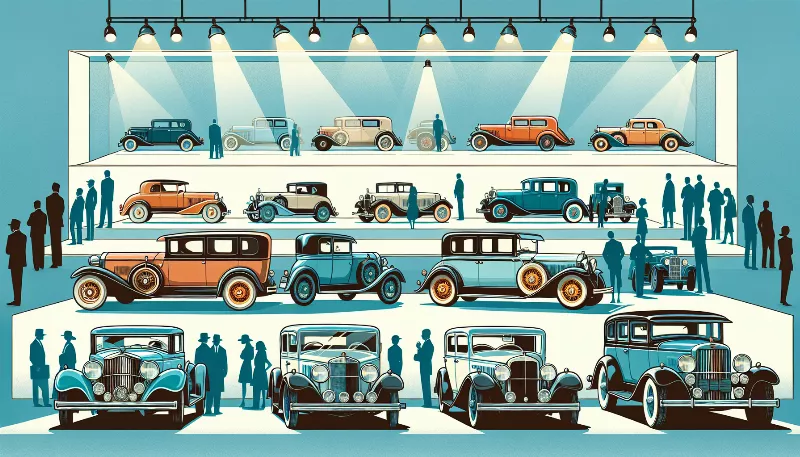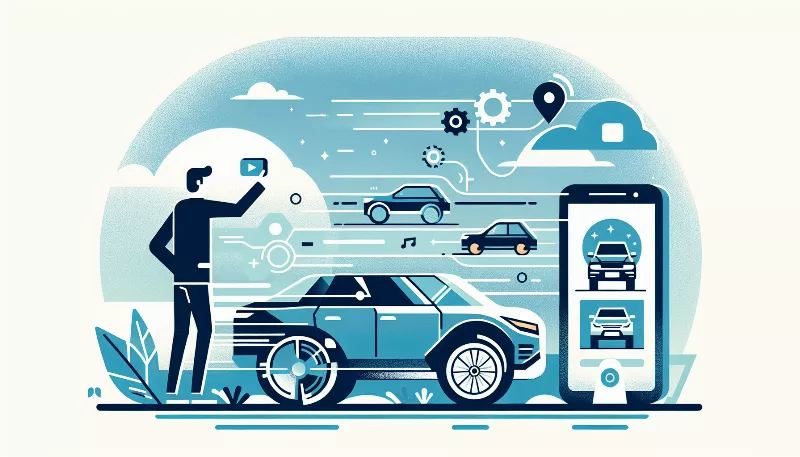From Rust to Riches: The Art of Vintage Car Photography
Capture the timeless elegance of classic autos with our expert tips on vintage car photography. Turn rust into visual riches and drive your passion!
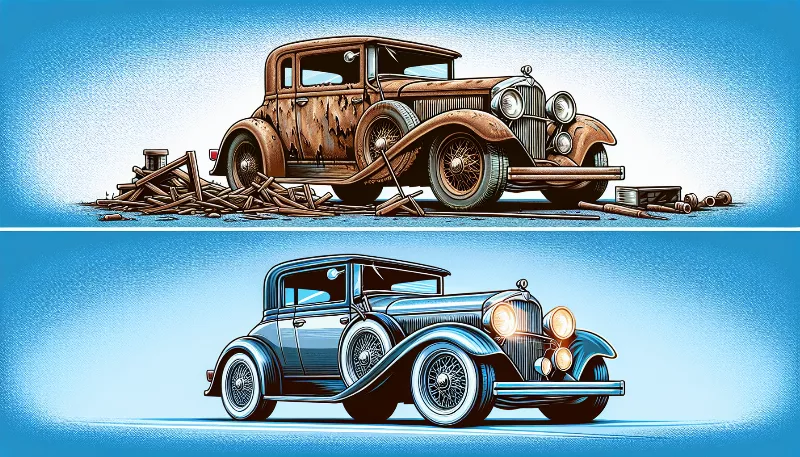
Introduction
Welcome to the captivating world of vintage car photography, where every click of the shutter is a journey back in time! This art form is not just about capturing images; it's about resurrecting history, embracing nostalgia, and celebrating the timeless beauty of classic automobiles. Whether you're a professional photographer, a vintage car enthusiast, or simply someone who appreciates the allure of bygone eras, this article will guide you through the fascinating process of turning rust into visual riches.
The Charm of Classic Cars
Vintage cars are more than just modes of transportation; they are rolling sculptures, each with a unique story to tell. From the gleaming chrome bumpers to the intricate hood ornaments, these vehicles are a testament to the craftsmanship and design aesthetics of their time. Photographing these beauties allows us to preserve their legacy and share it with the world, creating a bridge between the past and the present.
Setting the Scene
The first step in vintage car photography is finding the perfect backdrop. A location that complements the car's era can enhance the authenticity of your shot. Imagine a 1950s Cadillac parked in front of an old diner or a classic Mustang cruising down a country road. The environment plays a crucial role in storytelling, adding context and depth to your photographs.
Mastering the Light
Lighting can make or break a photograph. When shooting vintage cars, the golden hour—just after sunrise or before sunset—provides a soft, warm glow that accentuates the curves and lines of the vehicle. Experiment with different angles to see how the light dances across the metal and glass, creating contrasts and highlighting details that might otherwise go unnoticed.
Embracing the Details
One of the joys of vintage car photography is the ability to focus on the finer points. Close-up shots of hood ornaments, tail lights, badges, and other distinctive features can tell a story all their own. These elements are the fingerprints of the automobile, offering a glimpse into the era's design trends and technological advancements.
Post-Processing Magic
After capturing your images, post-processing is where you can truly bring your vision to life. Adjusting the color balance, contrast, and sharpness can help restore the car's original splendor. For those who want to add a touch of nostalgia, applying sepia tones or grain effects can transport the viewer back in time, creating a photo that feels like a memory.
Sharing Your Masterpieces
Once you've polished your photographs, it's time to share them with the world. Social media platforms, photography forums, and car shows are excellent venues for showcasing your work. Not only do they provide exposure, but they also offer opportunities to connect with fellow enthusiasts and collectors who share your passion for vintage cars.
Conclusion
Vintage car photography is an art that celebrates the elegance and history of classic automobiles. It requires patience, attention to detail, and a deep appreciation for the past. By mastering the techniques discussed, you can transform rusted relics into photographic riches, capturing the hearts of car lovers and art aficionados alike. So grab your camera, and let's turn the wheels of time through the lens!

